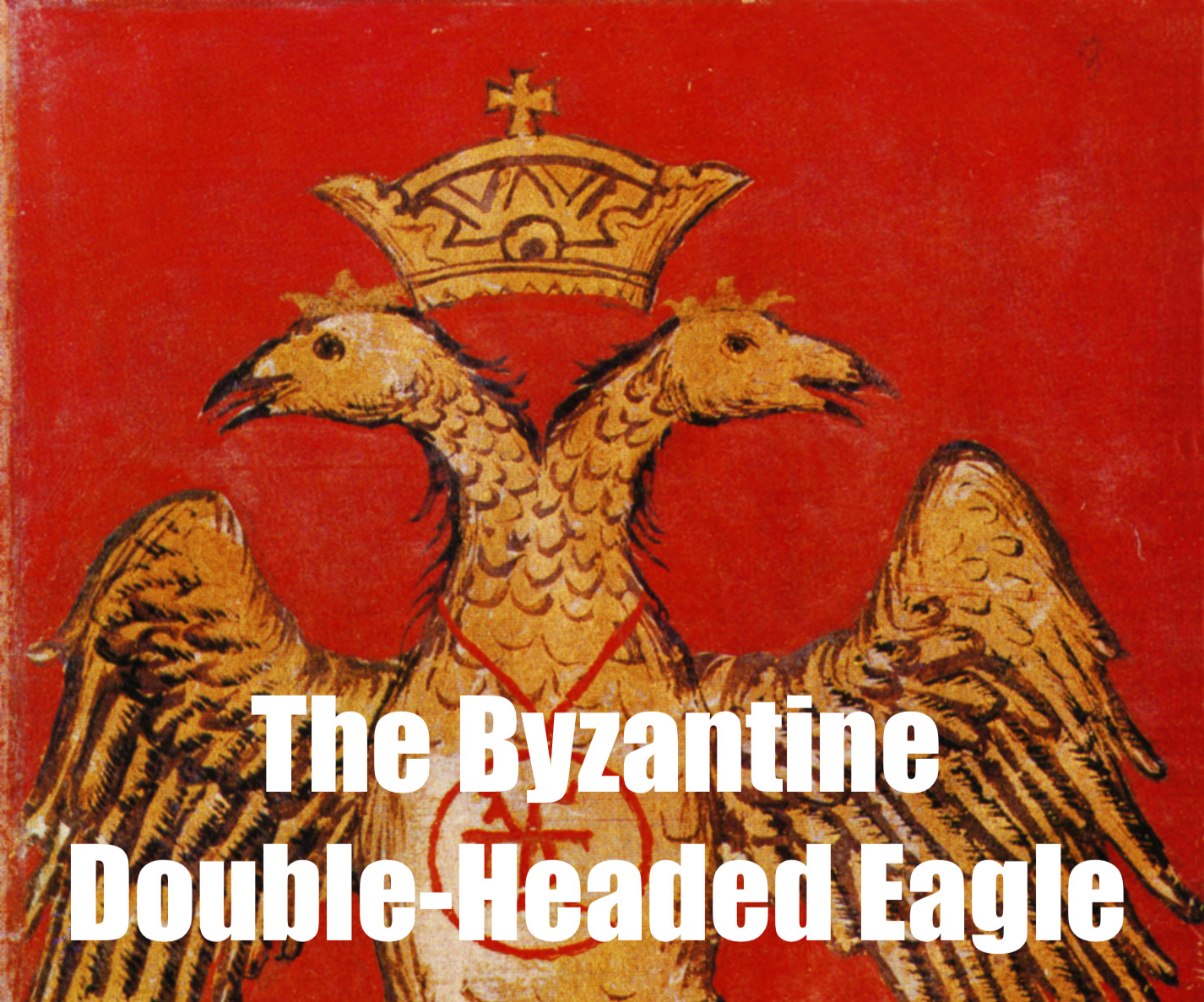
"The double-headed eagle symbolized the dual sovereignty of the emperor in both secular and religious matters, signifying dominance over East and West."
"Understanding the double-headed eagle's role in Byzantine heraldry reveals much about social, political, and religious paradigms of the Empire, rather than simple representations."
The double-headed eagle, often associated with the Byzantine Empire, symbolizes complex themes of dual sovereignty over secular and religious realms, as well as territorial dominion. Initially representing individual identity rather than family lineage, its significance evolved post-Fourth Crusade. While popularized as a flag during the Empire's final days, historical interpretations of this symbol depict a more nuanced and rich tapestry of Byzantine social and political contexts. Understanding this emblem goes beyond mere imagery to reflect its profound impact on Byzantine identity and heritage.
Read at Medievalists.net
Unable to calculate read time
Collection
[
|
...
]